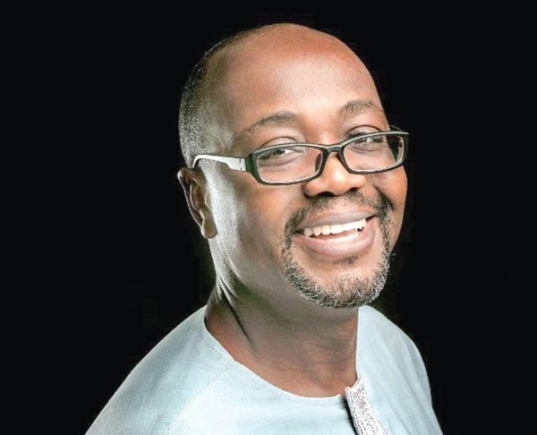
Building community cantered businesses: The key to organisational growth and prosperity
Leading at scale for impact starts with embracing a big, bold vision that impacts the stakeholders and customers in the business community.
Many leaders are committed to leading their organisations successfully. However, not many leaders have fully embraced their role as community leaders and the contribution they can make in the communities they operate.
As Yaw Nsarkoh, Executive Vice President of Unilever, says, “Leaders continue to focus on building their brands while the society deteriorates.”
The future of every organisation is at stake if the communities they operate in become vulnerable. I believe the purpose of every organisation is to improve the lives of the stakeholders it has chosen to serve and sustainably do so for as many as possible.
At the heart of every leader’s purpose is empathy for the stakeholders they serve.
Given the myriad of challenges our communities grapple with, the Chief Empathy Officer (CEO) must extend support to the customers and the communities where the business operates actively. It is not a CSR activity.
Enterprises must integrate community-centred approaches into their core values and overall strategies. It is no longer for the optics.
Thriving communities provide the foundation for corporate success. For leaders consumed by the true mission of their organisations, there is no better time to make a difference in the life customers and communities than this.
Supporting communities to thrive requires that leaders develop big ambitions and programs that resolve deep-seated societal challenges.
Today, leaders need to mobilise all the resources available and use them to serve their stakeholders in the best way possible.
I offer two examples of leaders who have taken this bold step, embraced their role in society, espoused very bold ambitions, and are designing their organisations to address critical challenges in the community in a very sustainable way.
Case Study 1:
Patrick Awuah, Founder and President of Ashesi University, could have chosen to superintend over a thriving university operating from the hills of Berekuso serving about 1,000 students.
He embraced his leadership role in the village and has been on a mission to bring “ethical leadership and entrepreneurial education” to millions of students across the continent through the Education Collaborative. Patrick believes “every leader must have great ambitions for their society”.
Case Study 2:
Gregory Rockson, Co-founder and CEO of Mpharma, is “building an Africa that’s in good health”. He has been on this mission for about a decade and “will not cease until every individual on the continent has access to safe and affordable medicines”.
Through this big, bold mission, Mpharma is working with community Pharmacies and partners with government agencies to deliver quality, affordable healthcare and medicines to patients in unique ways. Mpharma’s innovative delivery models have helped 400,000 patients save on high-quality medications.
These may sound lofty, but leaders must first be bold to articulate big missions as they embrace their role in the community.
Leaders lead on the big problems in society. “All of us who are privileged enough to be healthy, to be alive, to have education, and to have influence, our role is not to do small things and to solve small problems,” Fred Swaniker of the Africa Leadership Group says.
Today, it’s not enough to sell products and services to the community and grow revenues by 30% annually. Selling products and services is a small problem if leaders do not design interventions that support the community to thrive.
The urgent task for all leaders is to embrace bold, big missions and to save our communities from deterioration.
The enterprise becomes the vehicle through which this leadership ambition is realised. The leader's ambition, complemented by humility, allows the leader to continuously learn and adapt to the changing circumstances in the community. Organisational health is dependent on community health.
The first step in achieving organisational health is for leaders to look beyond the organisation and engage in the community.
Leaders must actively integrate community needs into the organisation’s mission and design strategies that resolve deep-seated challenges in the community.
Community-centred approaches to business development become a sustainable strategy for every organisation. Any organisation that ignores this call will find itself on the wrong side of history sooner or later.
Leadership reflection and action:
• Does your organisation’s mission address some of the deep-seated challenges in the community?
• How can your organisation be most effective in creating the highest value possible for the community?
• Articulate a big, bold mission (BBM) that responds to the needs of your stakeholders and serves many people in your community sustainably.
Be of good cheer!
The writer is a Leadership Development Facilitator, Executive Coach and Strategy Consultant, Founder of the CEO Accelerator Program (https://ceoacceleratorprogram.org) and Chief Learning Strategist at TEMPLE Advisory (www.thelearningtemple.com).
The mission of The Leadership Project is to harvest highly effective leadership practices and share them in a manner that other leaders can easily incorporate into their leadership practice.
If you have an idea or leadership practice to share, kindly write to programs@thelearningtemple.com. Until you read from us again, keep leading.... from leader to leader, one practice at a time.